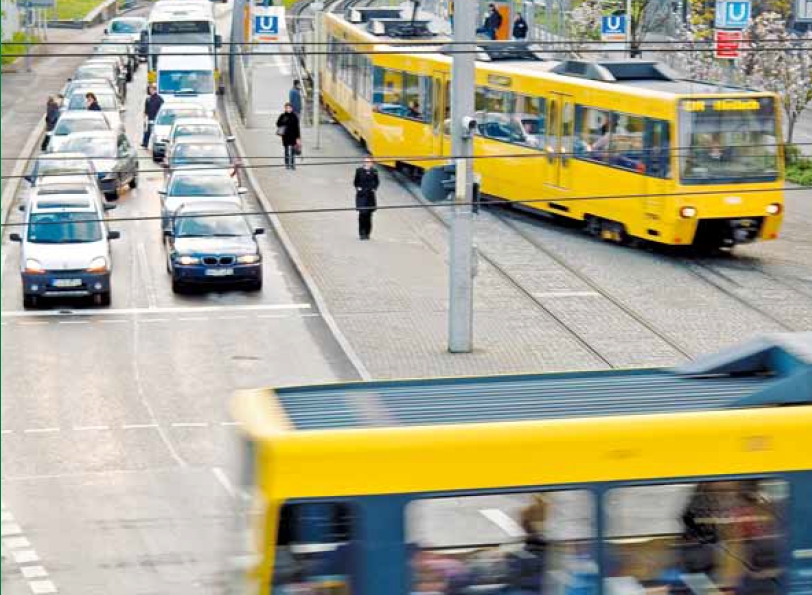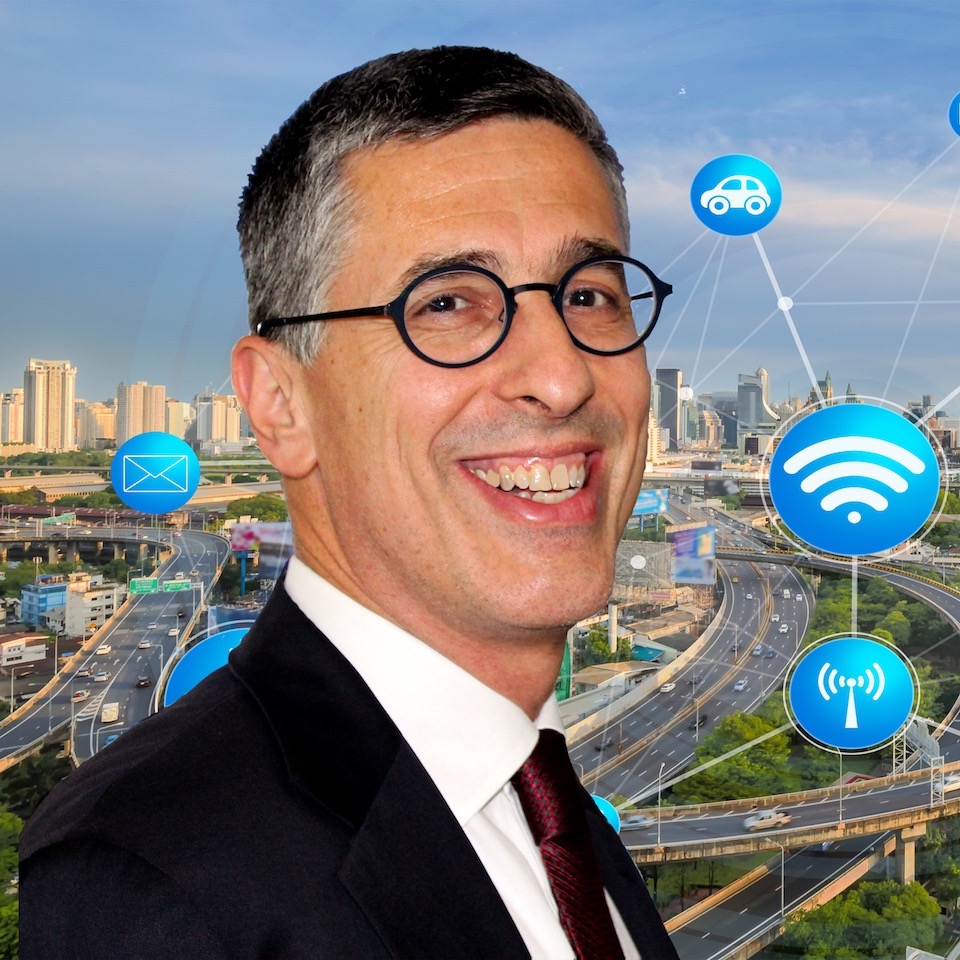The high complexity of the urban environment requires the joint consideration of several societal needs such as the environmental and energy performance, the transport and safety effectiveness, the functional urban structure and the overall quality of life, which inevitably involve difficult and often conflicting choices to be made. Furthermore, the continuous transformation of the urban reality makes these choices even more difficult. Two of the most fundamental and not easy urban road safety choices that the decision makers and the citizens have to make concern: a) traffic efficiency (speed) versus traffic safety and b) vehicles versus vulnerable road users.
Speed is probably the most important cause of accidents and of the related casualty severity. A road environment (road, sidewalks, adjacent uses) that is built to accommodate fast traffic of every kind, inevitably leads to increased number of traffic accidents, deaths and injuries. On the contrary, in a road environment where high speeds are simply not possible, traffic accidents are reduced and the casualties are less serious.
In modern societies, the right choice between speed and safety is that priority is given to safety. The respect of life is the number one priority and cannot be ignored in favour of faster and more efficient transport. In order to achieve faster and efficient transport, other alternatives should be examined such as the channelling of faster traffic to peripheral ring roads outside or near cities and the development and support of more and better public transport, which is a safe and potentially more efficient way of moving in the city.
The traffic of pedestrians, cyclists and power two wheelers – highly over-represented in road accidents – is a basic component of the quality of life offered in a modern city. Their interaction with vehicle traffic is a complicated issue involving efficiency, comfort as well as safety of travelling.
In the complex transport systems of the modern cities the choice among the groups of road users must be clear: priority must be given to calmer transport means and to public transport, with the optimum separation of vehicle traffic from pedestrian and cycling traffic, in addition to the clear definition and the application of priority rules for every different road user group. Vulnerable users, meaning pedestrians, cyclists, motorcyclists, young and older drivers, must be taken into account as fundamental design requirements during the development of road infrastructure and in traffic management.
In order to accommodate the various conflicting road user needs, brave urban road safety choices are necessary which should follow the fundamental modern urban mobility directions. Safety should be integrated – equally with environment, energy and mobility concerns – within a long term and sustainable vision not only into the development of Urban Mobility Plans but also into the Urban Mobility Guidelines and Audits and be reflected in common quantitative targets. These plans should adopt a clear hierarchy of transport users, with public transport passengers, cyclists and pedestrians at the top of the hierarchy, together with a more readable and forgiving road infrastructure.
Contribution at the DEKRA European Road Safety Report on Urban Mobility, Stuttgart, March 2015

